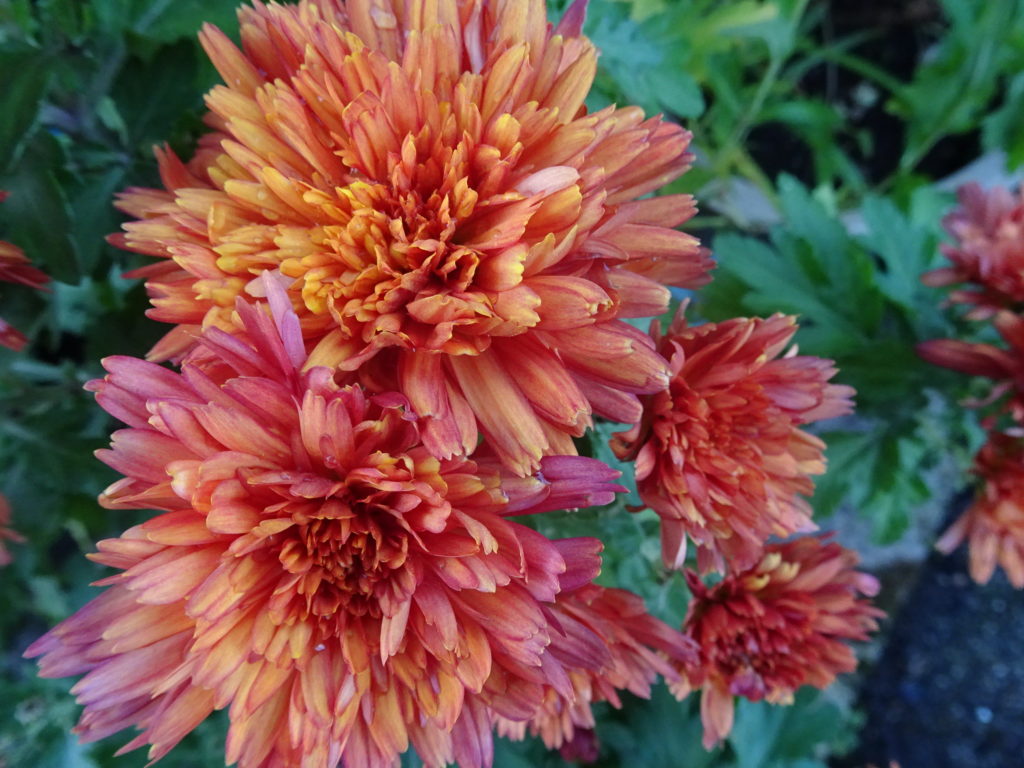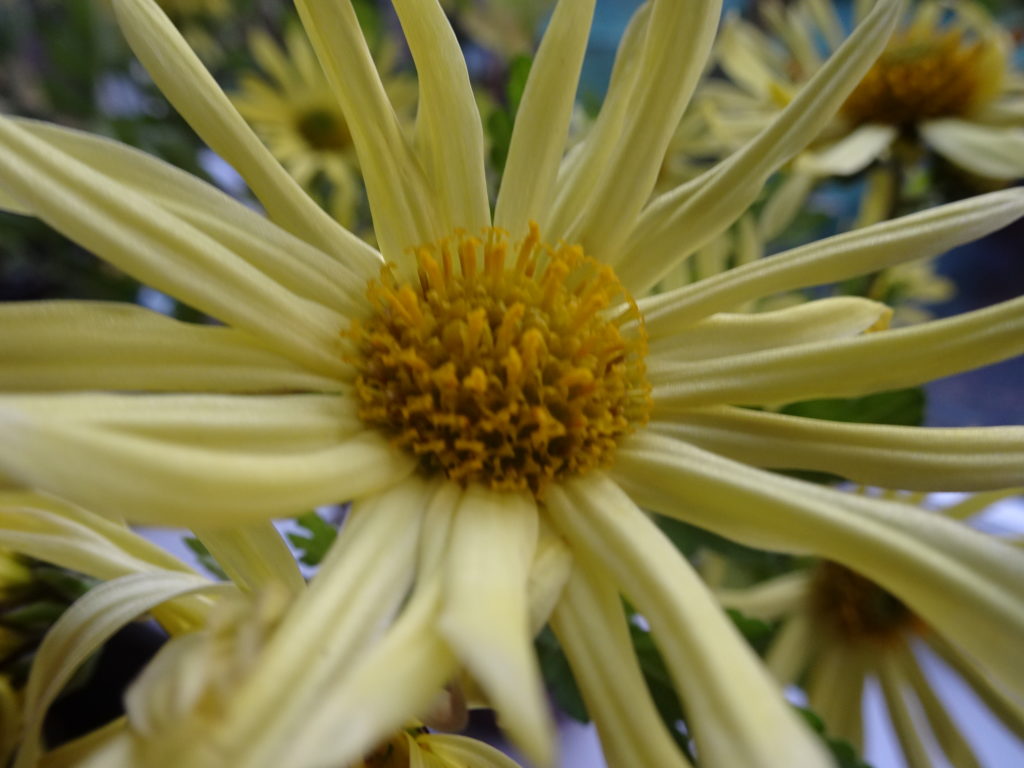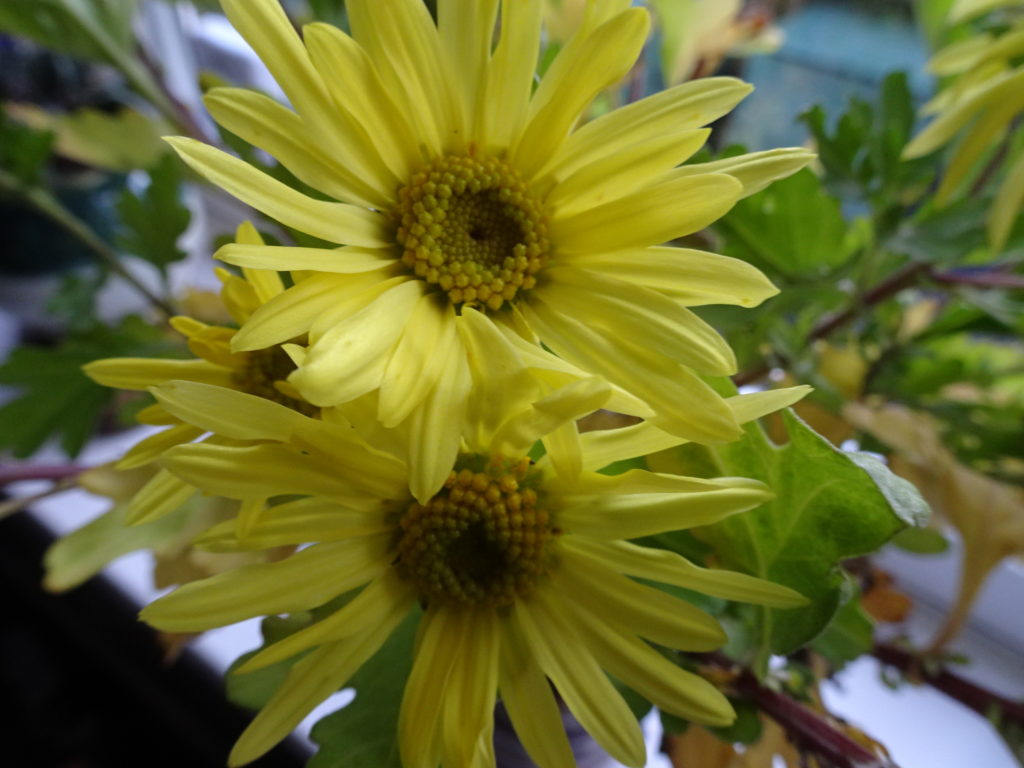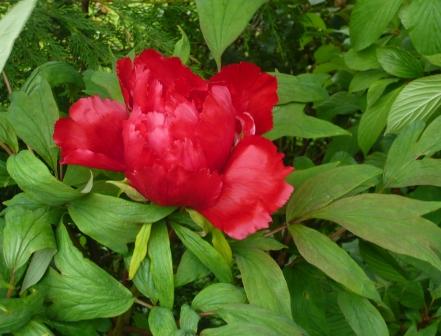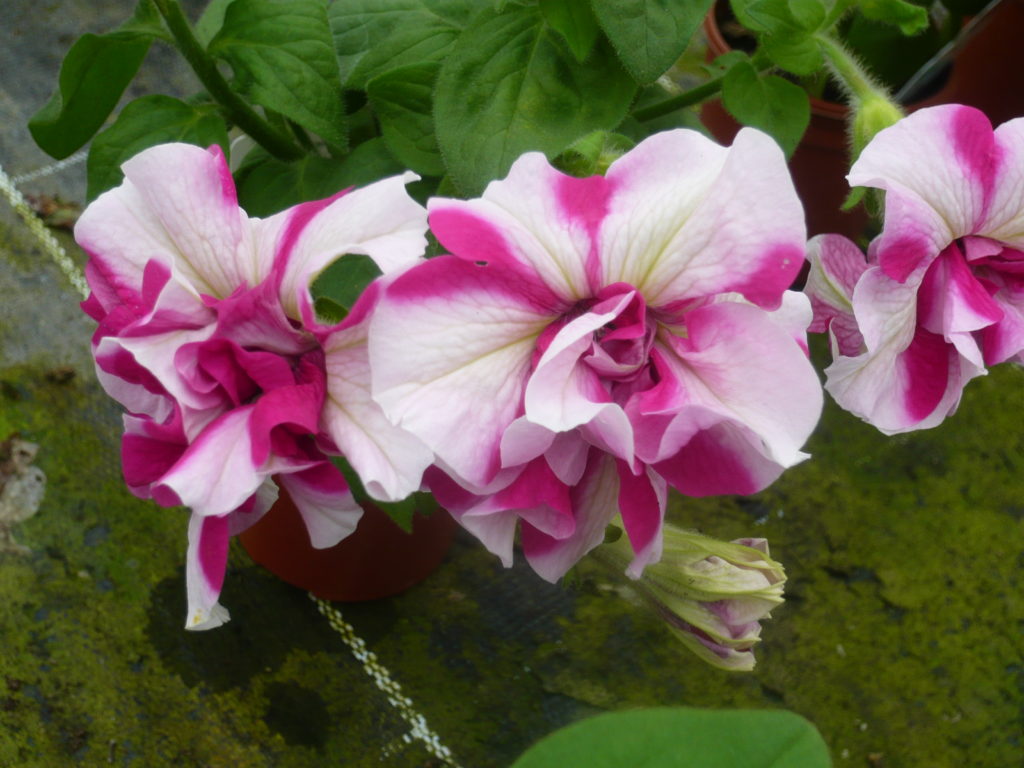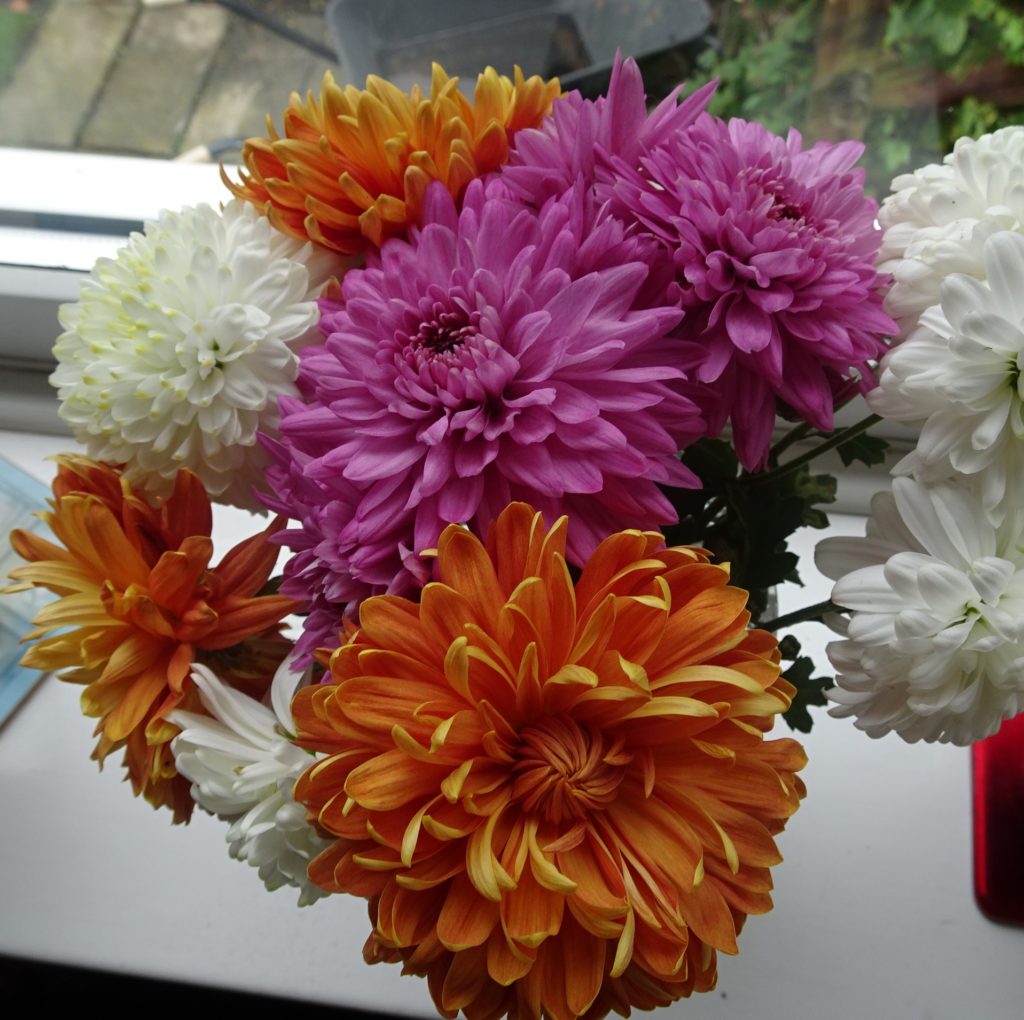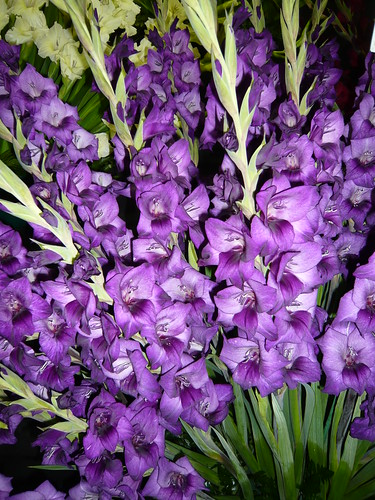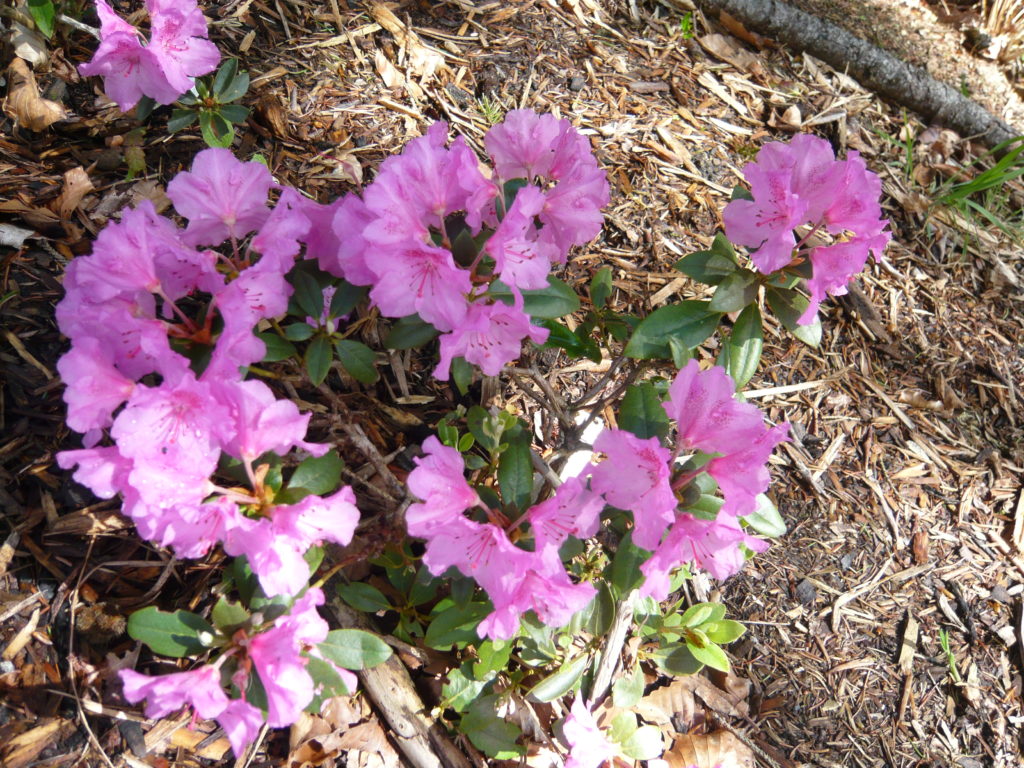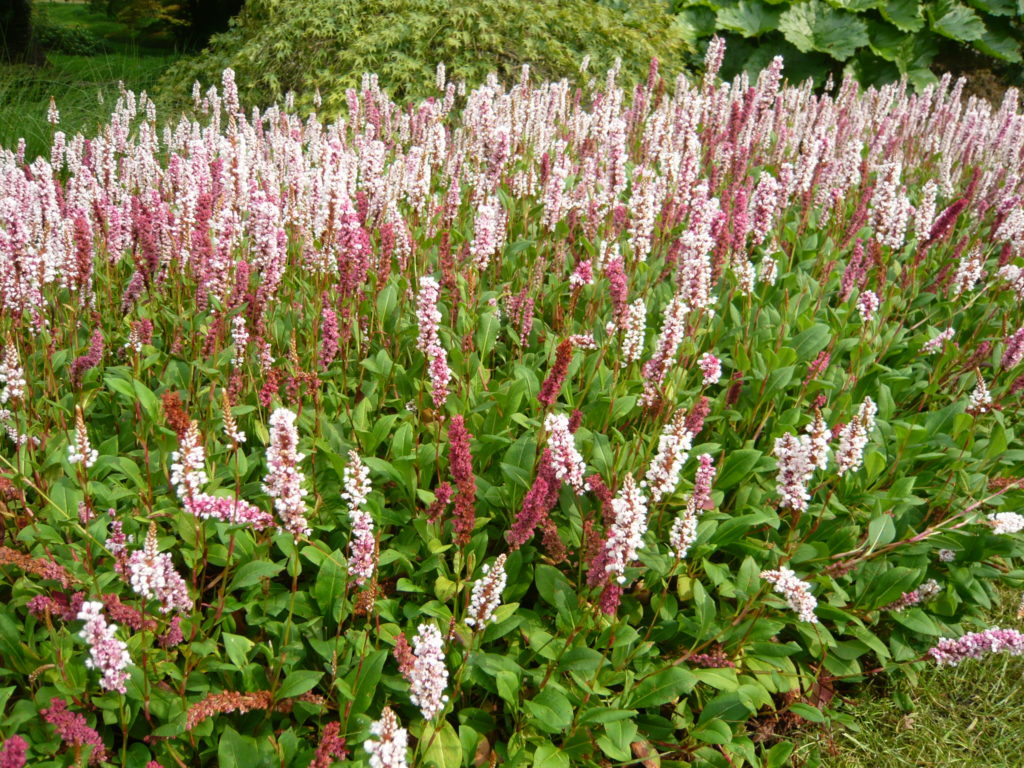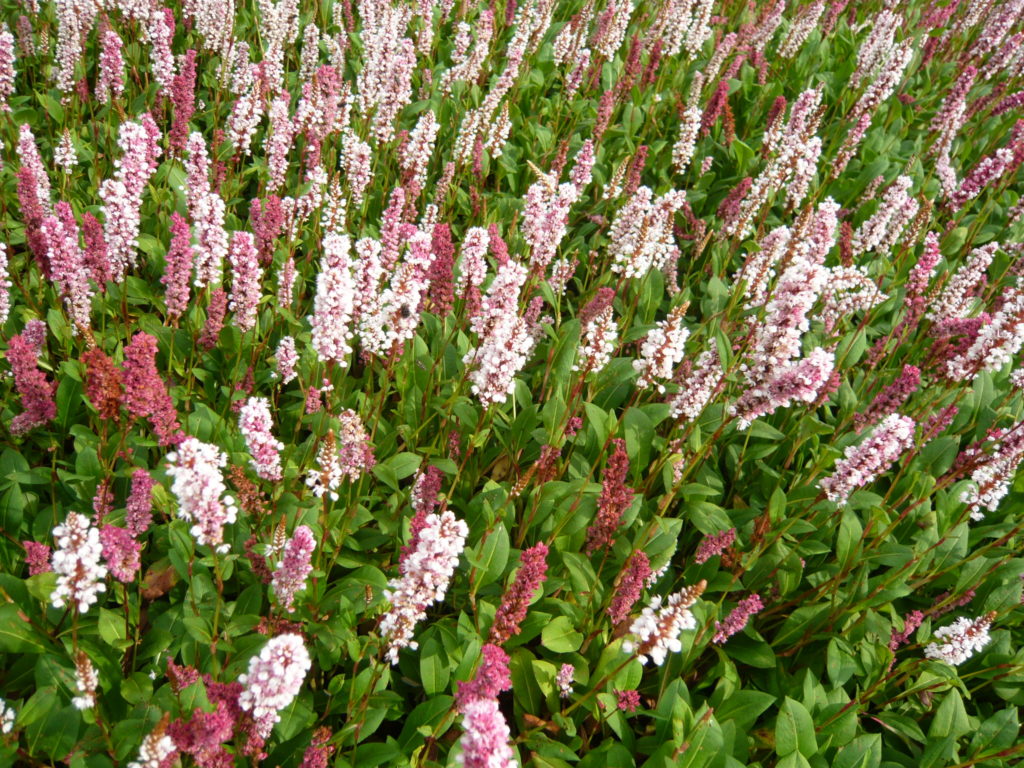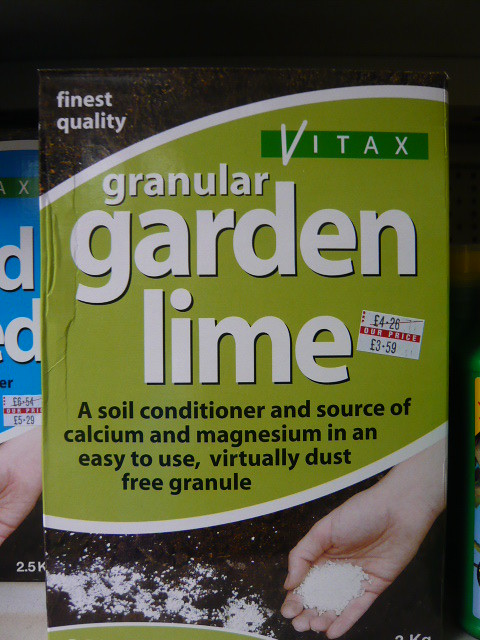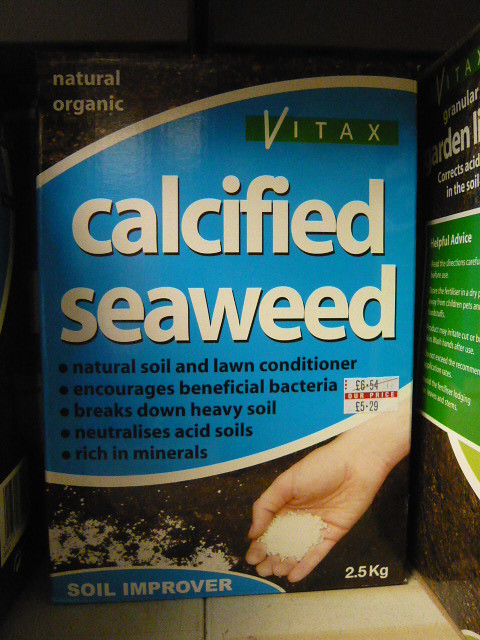My Mistakes with Chrysanthemums
If a plant is worth growing it is worth growing well and this applies no more so than to Chrysanthemums. I have said recently that Chrysanthemums will repay the gardeners attention with a productive crop of flowers for the home, show bench or garden.

My Practical Mistakes
- Plant and forget will not work very well with most Chrysanthemums, they need some TLC. For several years I under performed by plonking new plants into situe and then leaving them alone to fend for themselves.
- Chrysanthemums growing in pots quickly become top heavy and are prone to being blow over. I lost may good stems by letting this happen. It taught me that the stems are brittle or at least prone to break where a new stem meets the main shoot.
- Failing to understand the variety left me treating low growing ‘mums’ like large decorative varieties. A case of one size not fitting all.
- Once you get a good bloom do not get it wet & soggy or it will rot from the head like the photograph above.
- Neither overcrowd nor grant too much space if you want a good display.
- I am renown for poor staking of plants including Chrysanthemums. It is worth the time and effort.
- Strongly growing plants are capable of surviving many pests so I do not spray. This year I have had enough vases full of flowers that some critters have been brought into the house. They left droppings, pollen beetle or other dross that a timely spray would have prevented.
- I planted several good plants in virtually neat horse manure. As it started to rot it fed the slugs and microbes not the Chrysanthemums.
- Even if I remember to stop Chrysanthemums in time I usually forget to pinch out excess buds to encourage fewer but better blooms.
